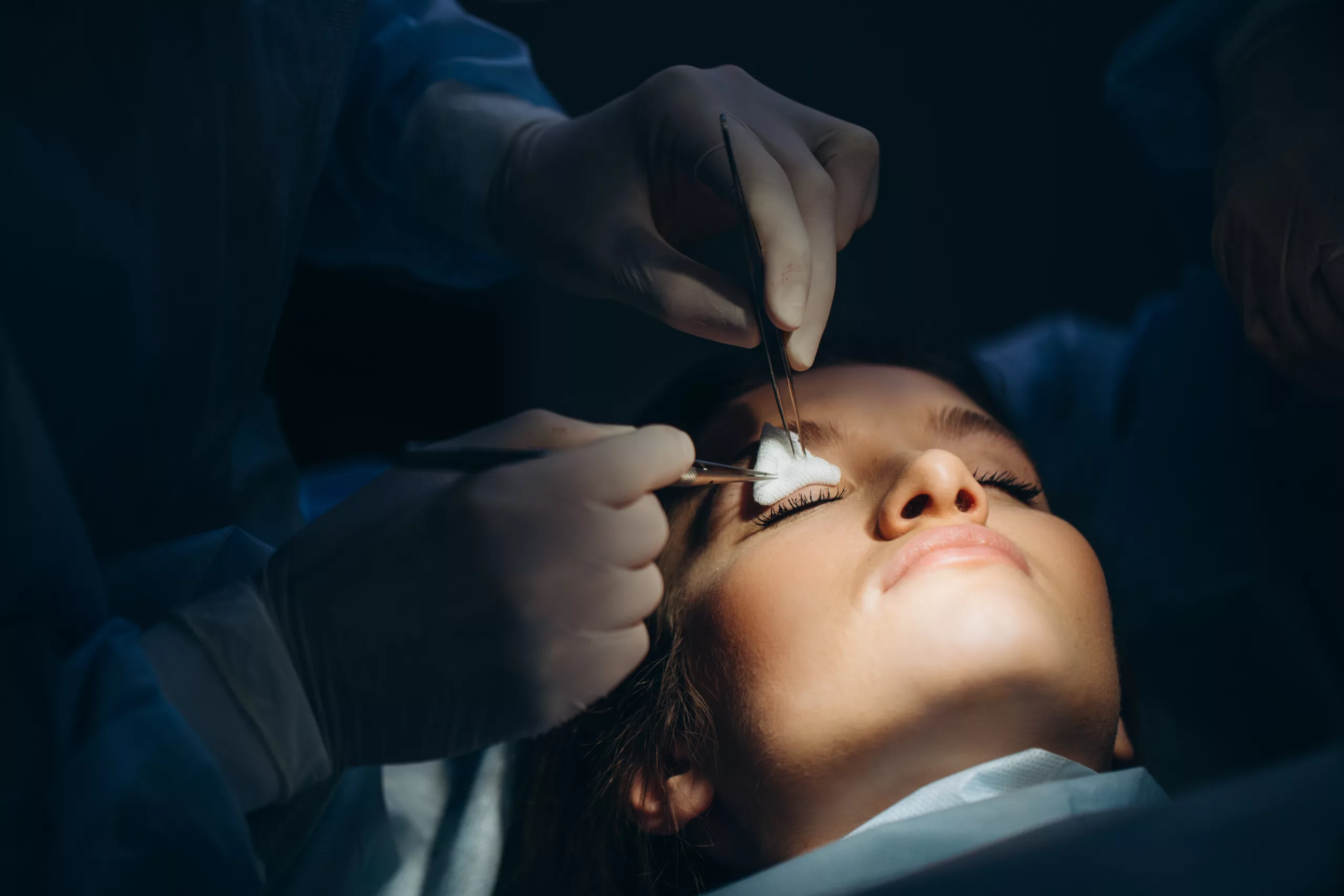A Practical Approach to Canalicular Lacerations
Introduction
Canalicular lacerations are a significant concern in ophthalmology, often resulting from trauma or injury to the delicate structures surrounding the eye. Understanding the anatomy, diagnosis, and management of these injuries is crucial for ensuring optimal outcomes and preserving visual function.
Anatomy of the Lacrimal System
The lacrimal system plays a vital role in tear drainage and ocular health. It consists of several key structures, including the lacrimal gland, puncta, canaliculi, lacrimal sac, and nasolacrimal duct. The canaliculi, specifically the superior and inferior canaliculi, are narrow channels that transport tears from the puncta to the lacrimal sac.
Causes and Presentation of Canalicular Lacerations
Canalicular lacerations typically occur due to direct trauma, such as blunt force injuries or penetrating wounds near the eye. The severity of the injury can vary, affecting either the superior or inferior canaliculus or both. Patients may present with symptoms like tearing, eyelid swelling, pain, and sometimes visible disruption or malposition of the puncta.
Diagnosis and Evaluation
Accurate diagnosis of canalicular lacerations involves a thorough ophthalmic examination. This includes assessing the integrity and position of the puncta, evaluating tear flow using fluorescein dye or lacrimal irrigation, and potentially performing imaging studies like dacryocystography or computed tomography (CT) if deeper structures are involved.
Classification of Canalicular Injuries
Canalicular injuries are classified based on their severity and location within the lacrimal drainage system:
- Incomplete Lacerations: Partial tears that may still allow some tear drainage.
- Complete Lacerations: Full-thickness tears that disrupt the continuity of the canaliculus.
- Distal vs. Proximal Injuries: Refers to whether the injury is closer to the puncta (distal) or the lacrimal sac (proximal).
Management Strategies
The management of canalicular lacerations requires a multidisciplinary approach involving ophthalmologists, oculoplastic surgeons, and sometimes facial plastic surgeons. Treatment goals include restoring tear drainage and preserving the anatomy of the lacrimal drainage system. Key management strategies include:
- Immediate First Aid: Gentle irrigation with saline and applying a protective shield to prevent further trauma.
- Surgical Repair: Primary repair of the canaliculus is often necessary, using microsurgical techniques to meticulously reapproximate the torn ends. This may involve monocanalicular or bicanalicular stenting to maintain patency during healing.
- Adjunctive Procedures: In cases of extensive trauma or complex injuries, additional procedures such as dacryocystorhinostomy (DCR) or silicone intubation may be required to optimize tear drainage.
Postoperative Care and Prognosis
Postoperative care is critical to ensure successful healing and function of the lacrimal system. Patients are typically monitored closely for signs of infection, excessive scarring, or stent-related complications. With appropriate management, the prognosis for canalicular lacerations is generally favorable, with many patients achieving satisfactory tear drainage and minimal long-term sequelae.
Complications and Considerations
Complications of canalicular lacerations can include recurrent tearing, scar formation leading to obstruction, and less commonly, damage to adjacent structures like the lacrimal sac or nasolacrimal duct. Early intervention and meticulous surgical technique can minimize these risks and optimize outcomes.
Conclusion
In conclusion, canalicular lacerations represent a challenging but manageable condition in ophthalmic practice. A thorough understanding of the anatomy, diagnostic approach, and surgical techniques is essential for achieving optimal outcomes and preserving ocular health. By adopting a systematic and multidisciplinary approach, clinicians can effectively treat these injuries and restore the functional integrity of the lacrimal drainage system.
World Eye Care Foundation’s eyecare.live brings you the latest information from various industry sources and experts in eye health and vision care. Please consult with your eye care provider for more general information and specific eye conditions. We do not provide any medical advice, suggestions or recommendations in any health conditions.
Commonly Asked Questions
Wearing protective eyewear during activities that pose a risk of eye injury can significantly reduce the likelihood of canalicular lacerations.
Engaging in activities with potential eye trauma, such as contact sports or occupations with exposure to hazardous environments, increases the risk.
Temporary tearing or watering of the eye is common as the tear drainage system adjusts and heals post-surgery.
Seek immediate medical attention from an ophthalmologist or an emergency department to assess and treat the injury.
With prompt and appropriate treatment, most patients recover without long-term complications affecting their vision or tear drainage.
Yes, surgeons may use monocanalicular or bicanalicular stenting techniques to rejoin the torn ends of the canaliculus.
Recovery involves postoperative care to monitor healing and ensure the tear duct functions properly without obstruction.
No, surgical intervention is typically required to repair the torn canaliculus and restore proper tear drainage.
Symptoms include excessive tearing, eyelid swelling, pain, and sometimes visible changes around the tear duct openings (puncta).
Canalicular lacerations often result from accidents, sports injuries, falls, or assaults that impact the delicate structures around the eye.
news via inbox
Subscribe here to get latest updates !







